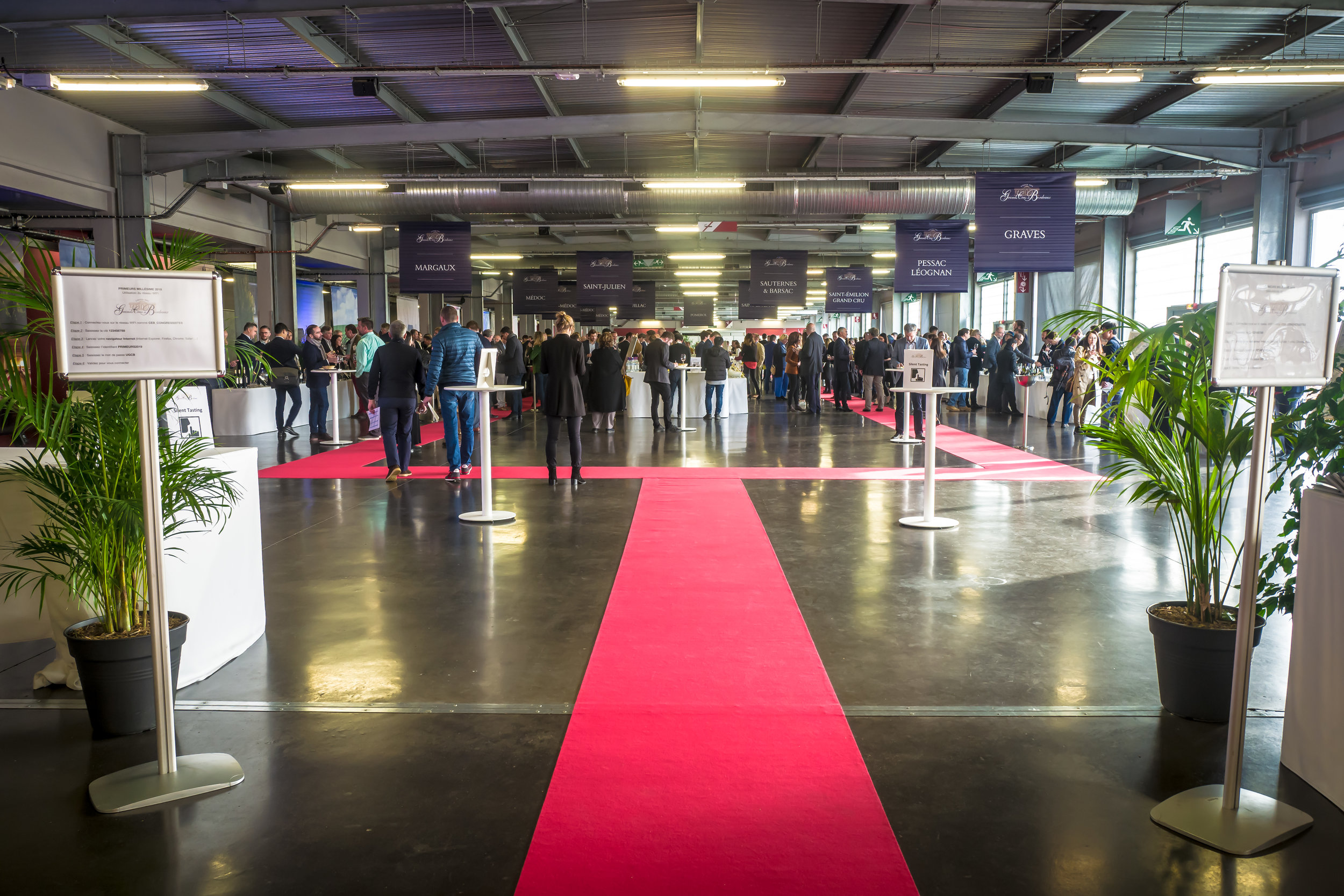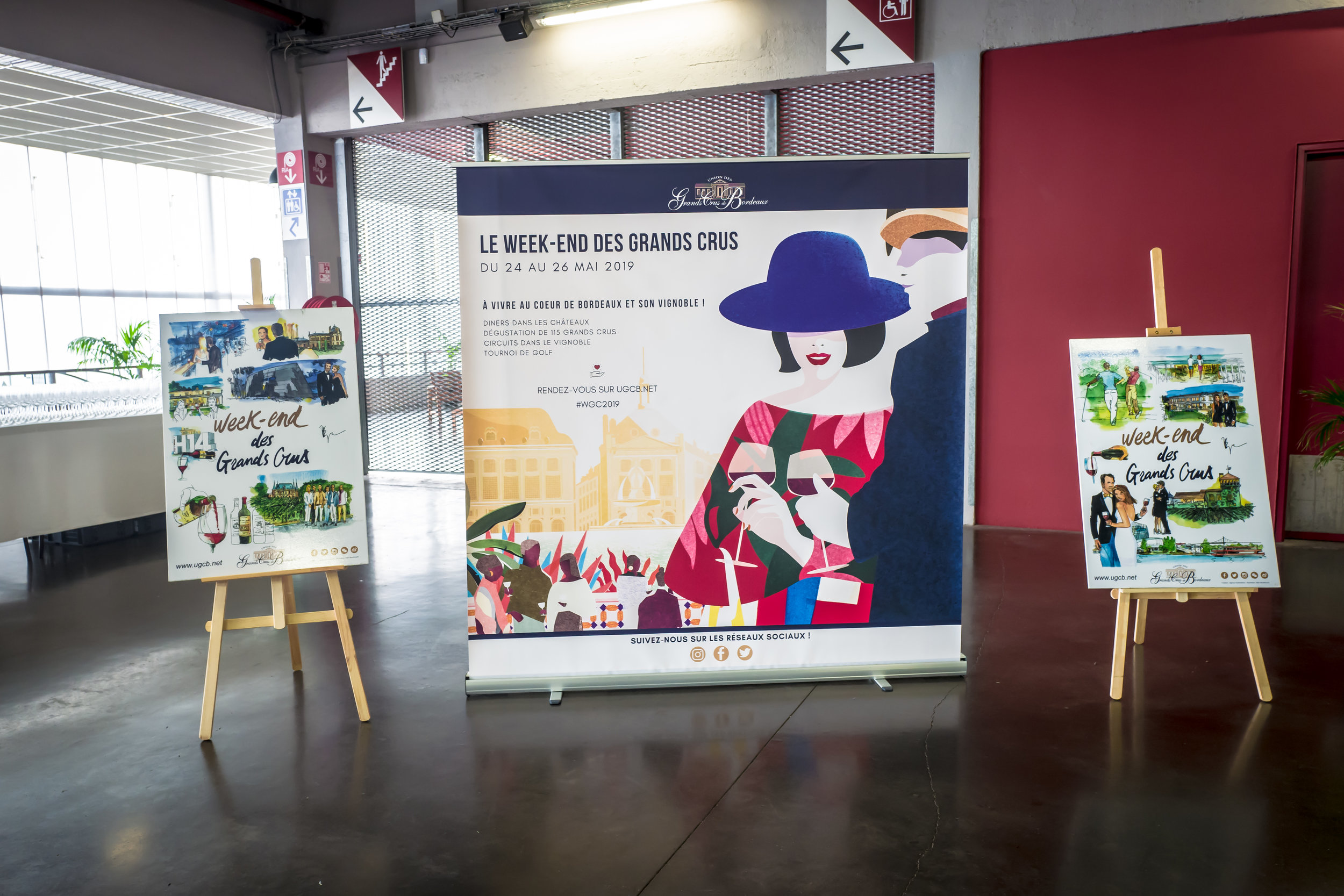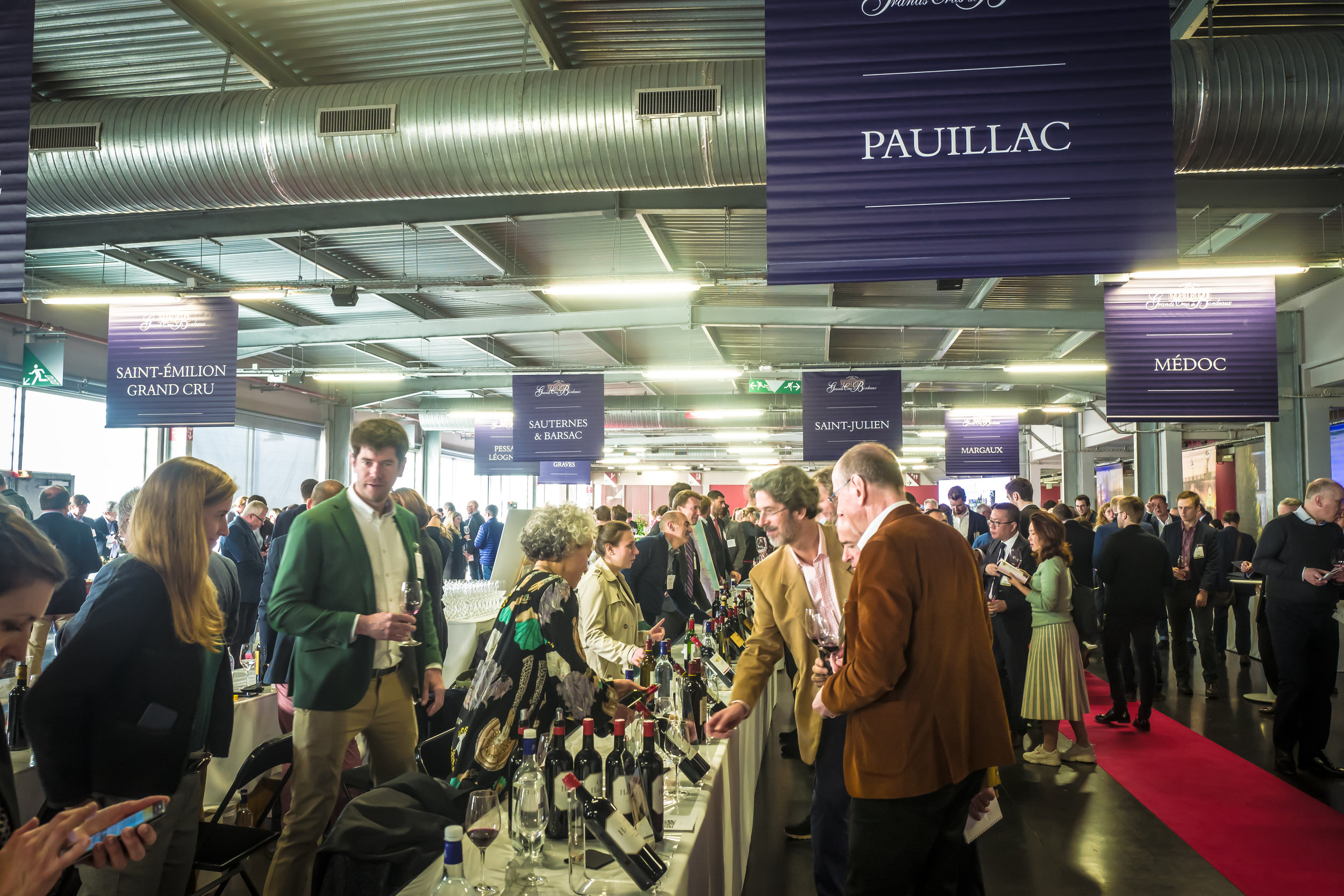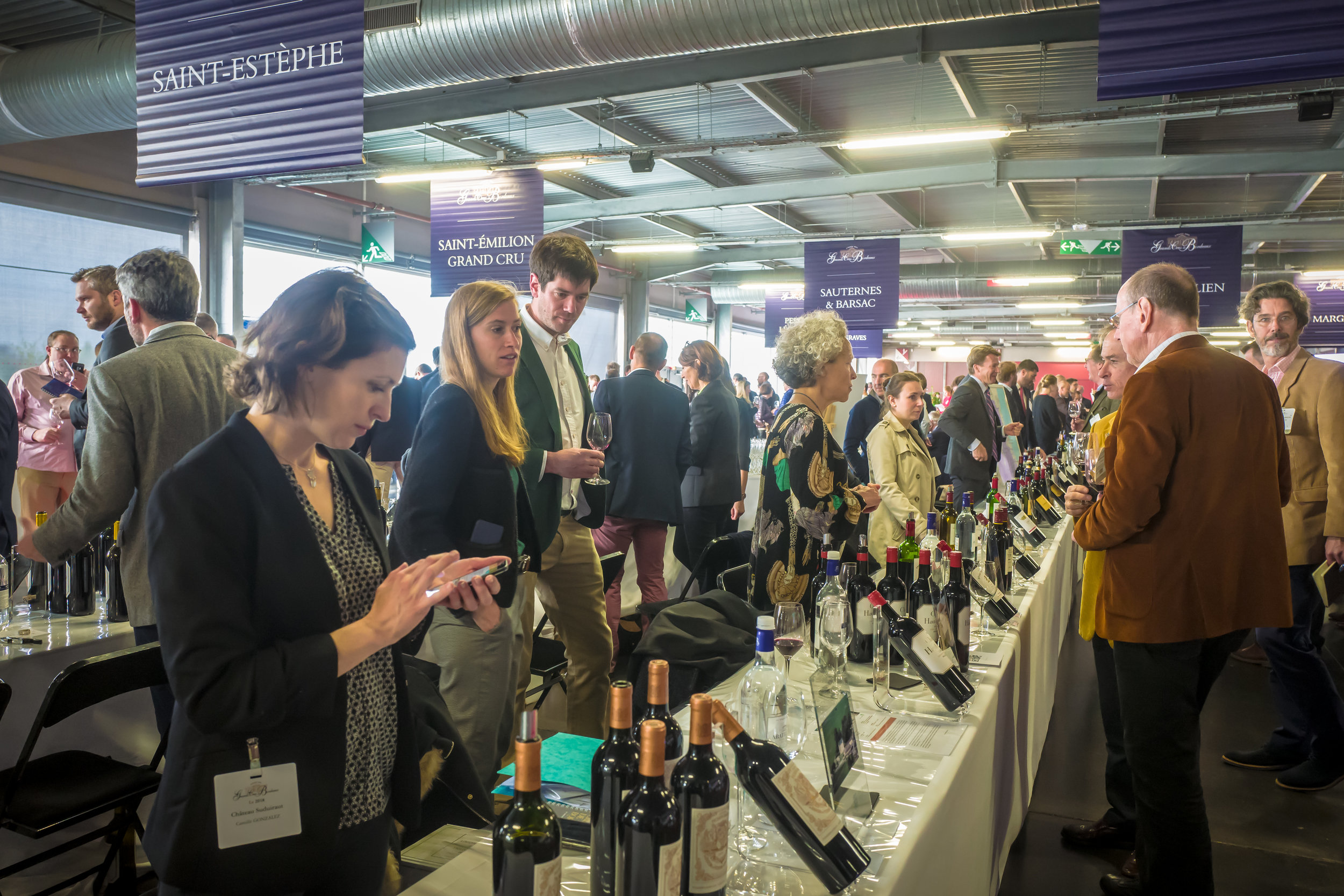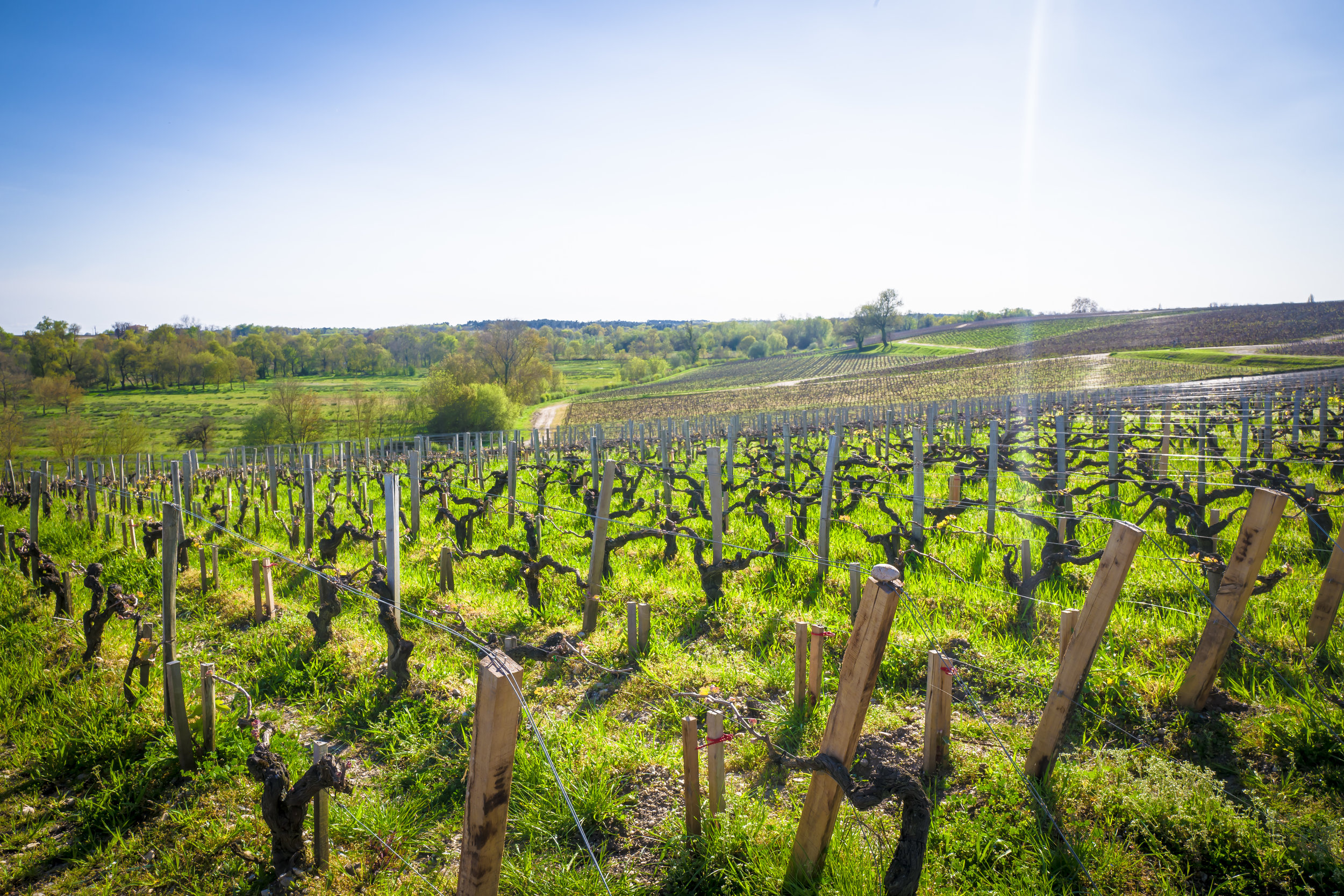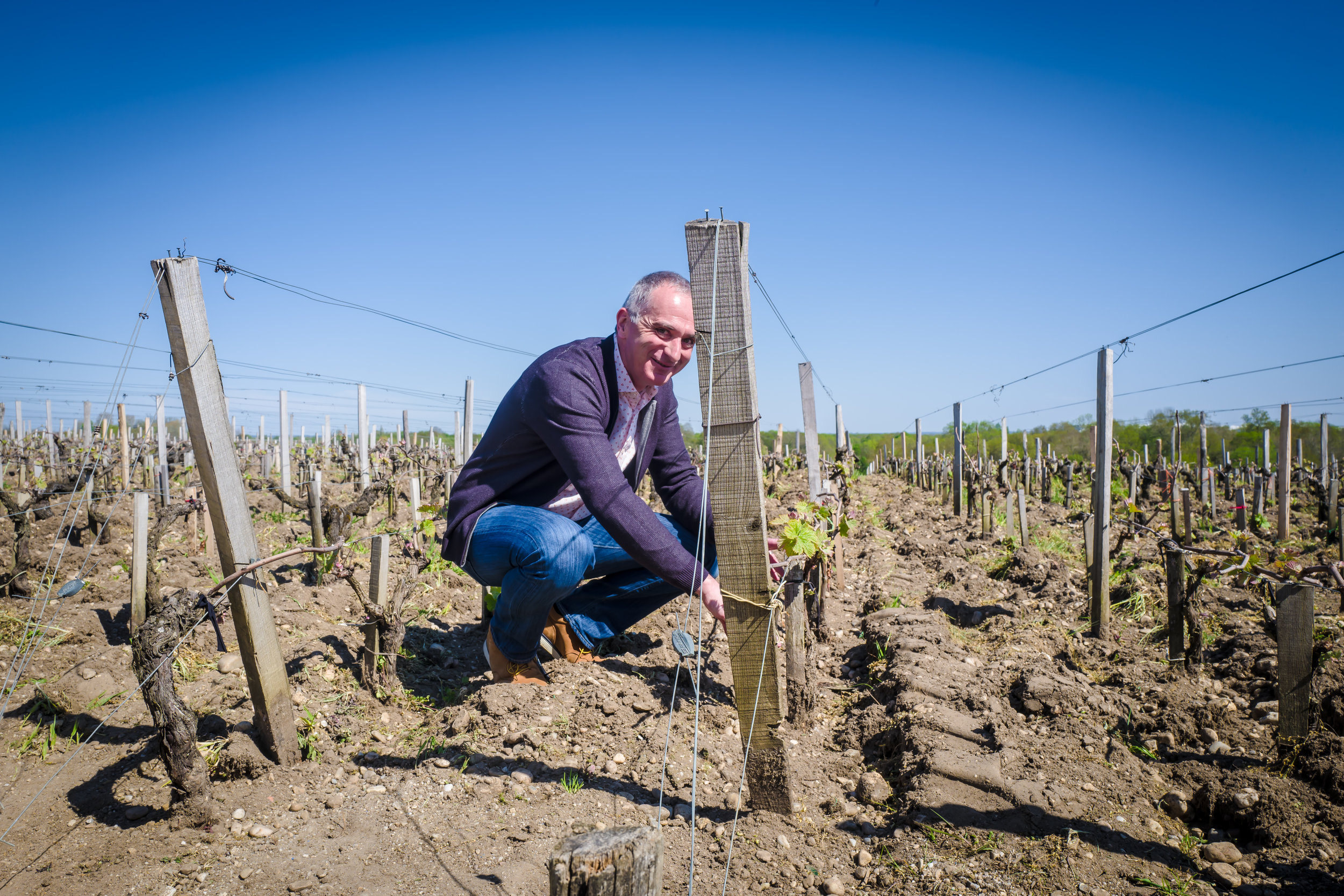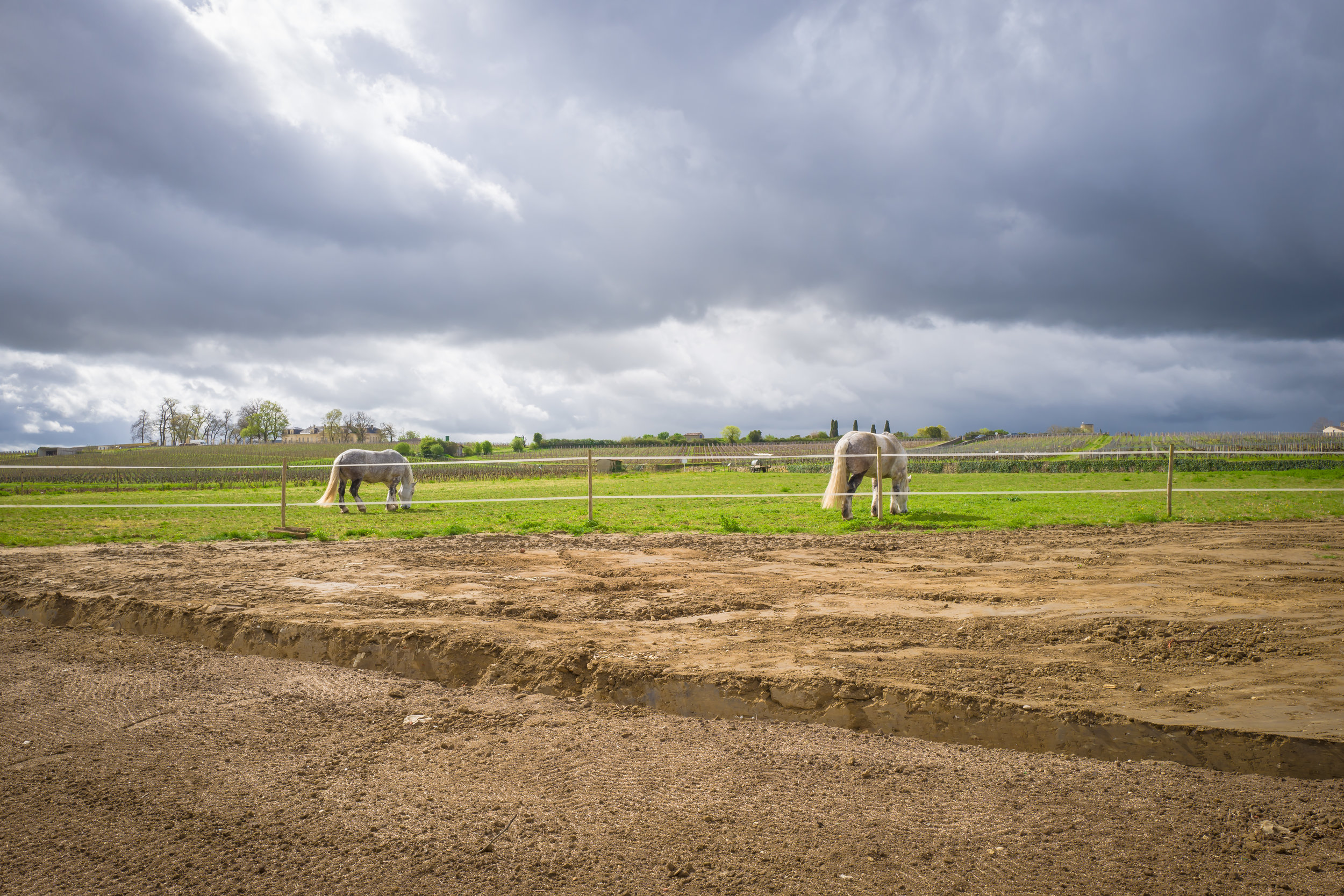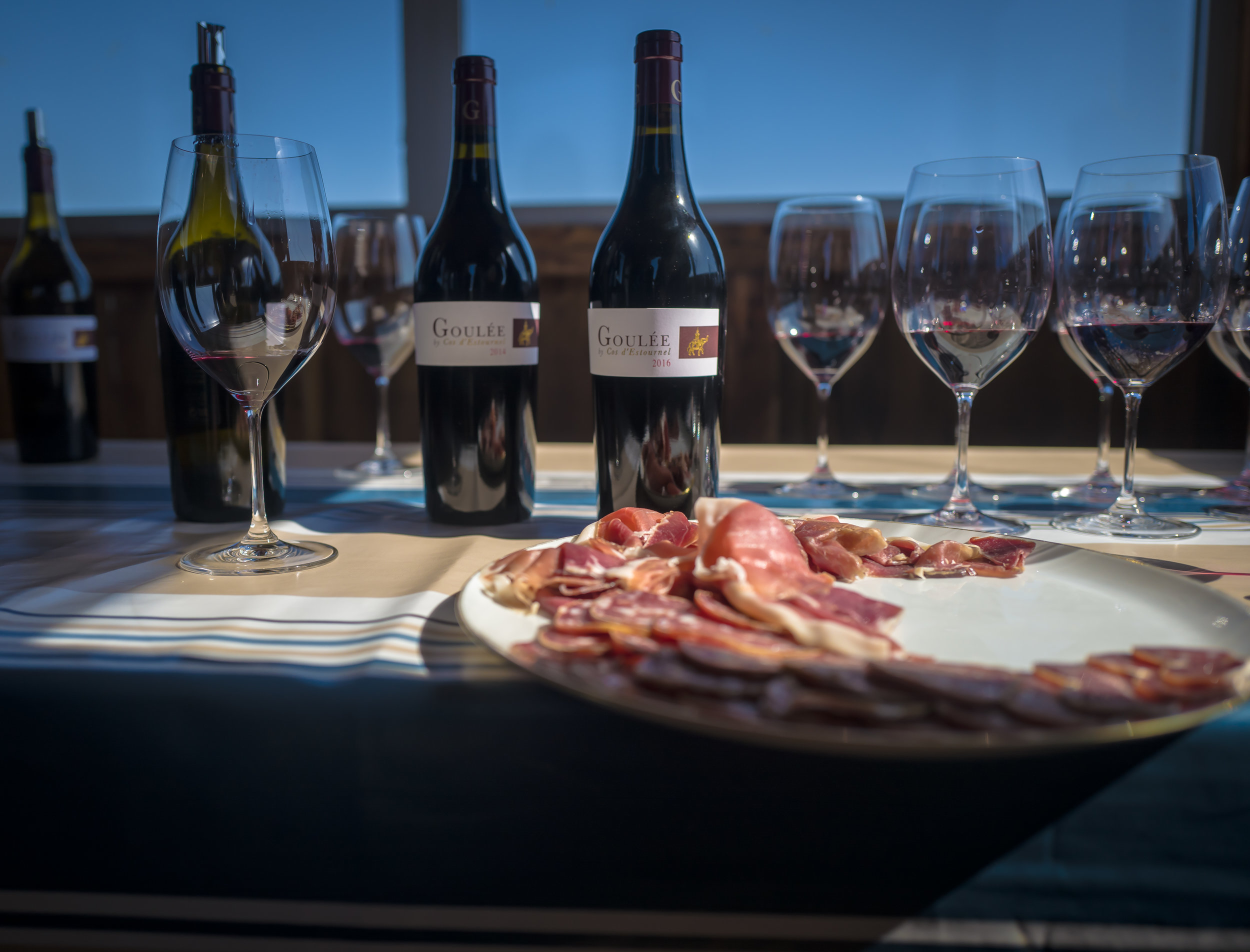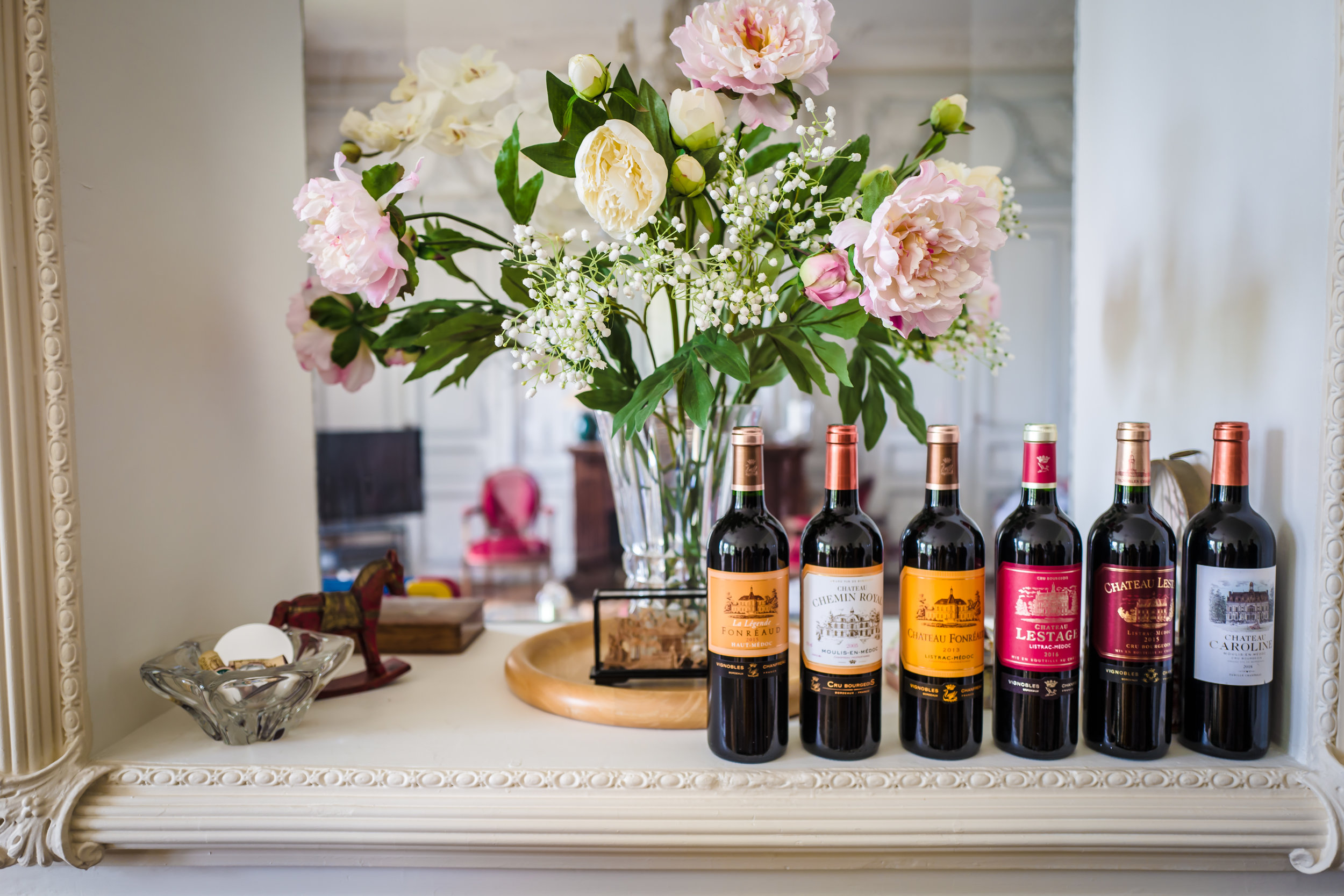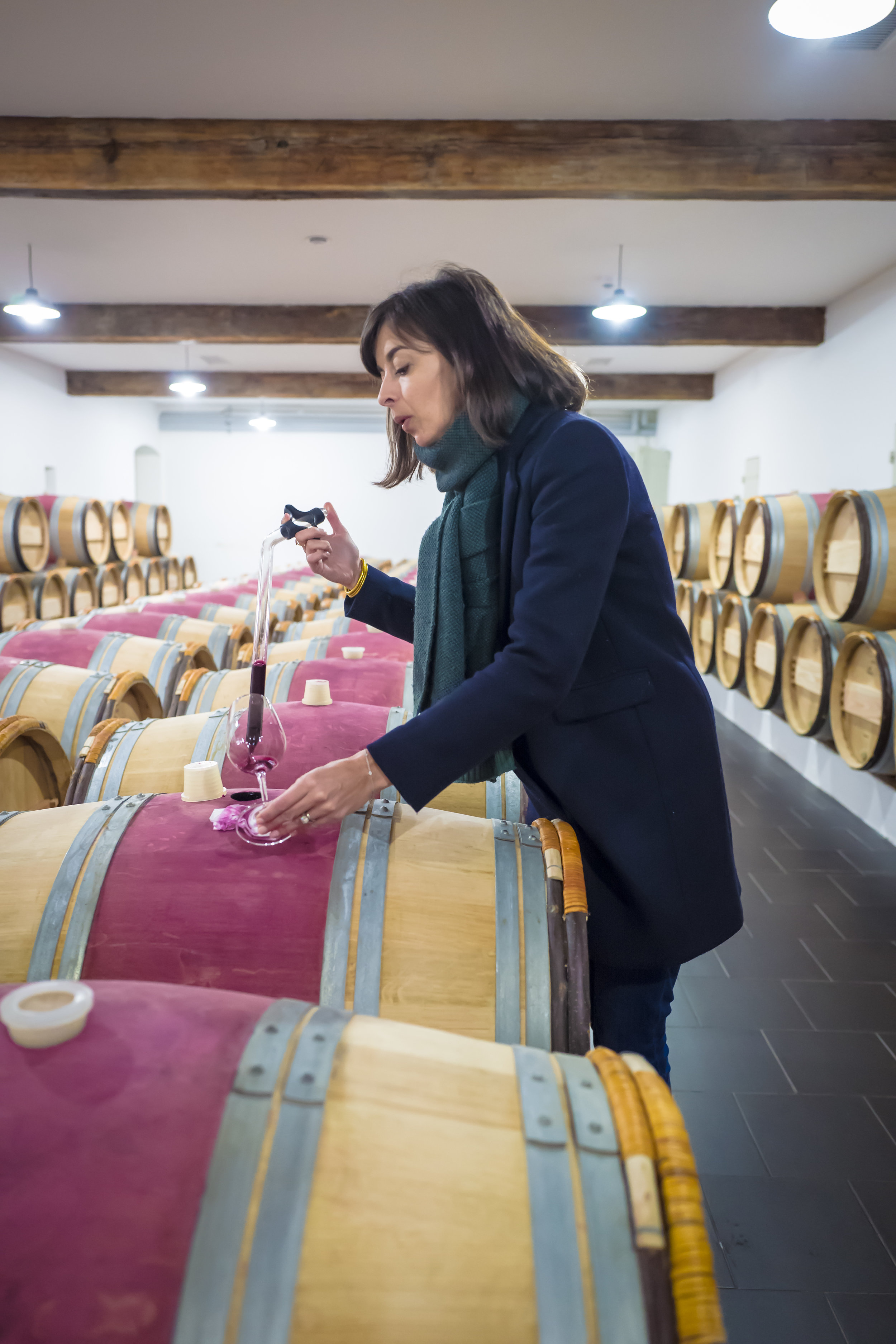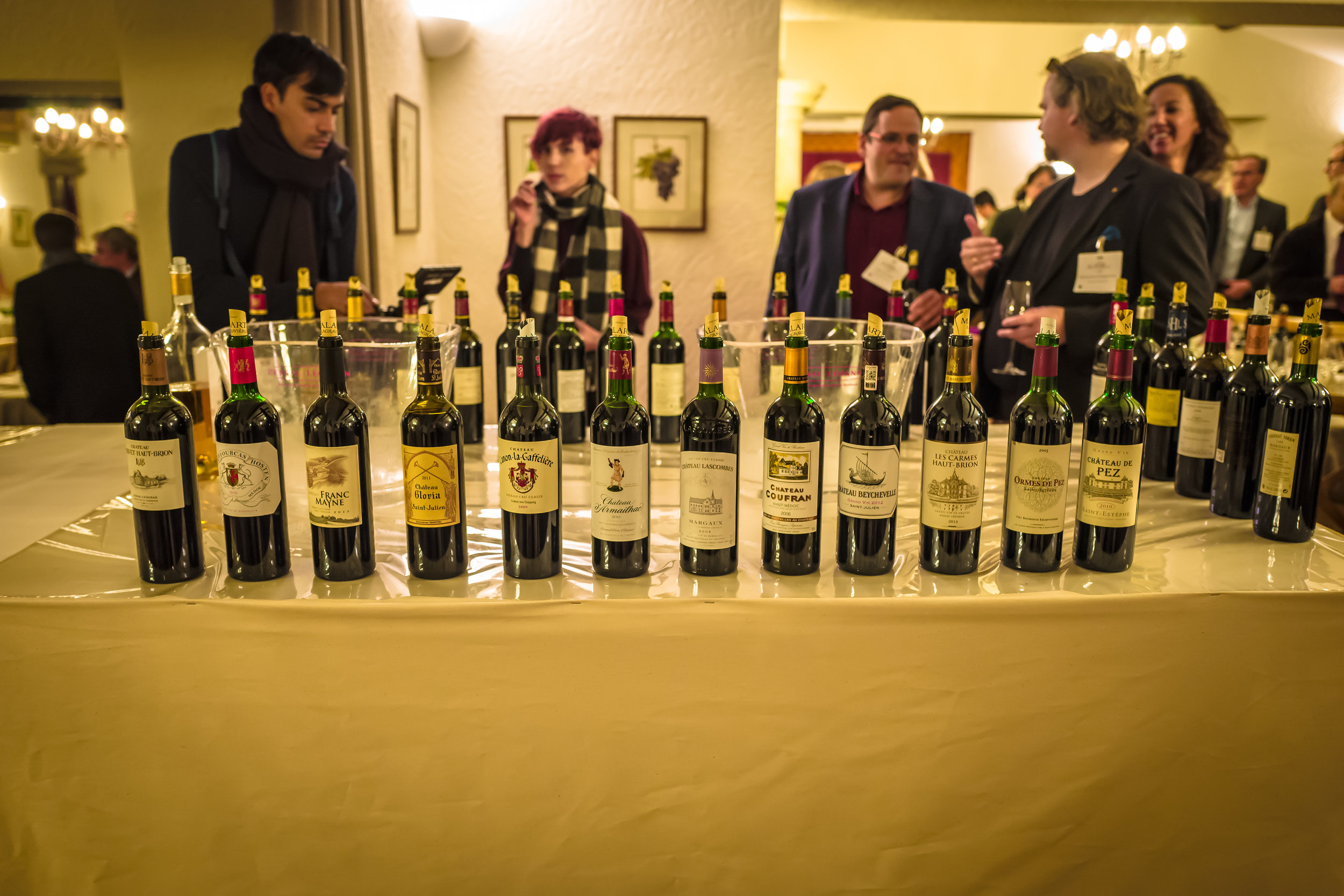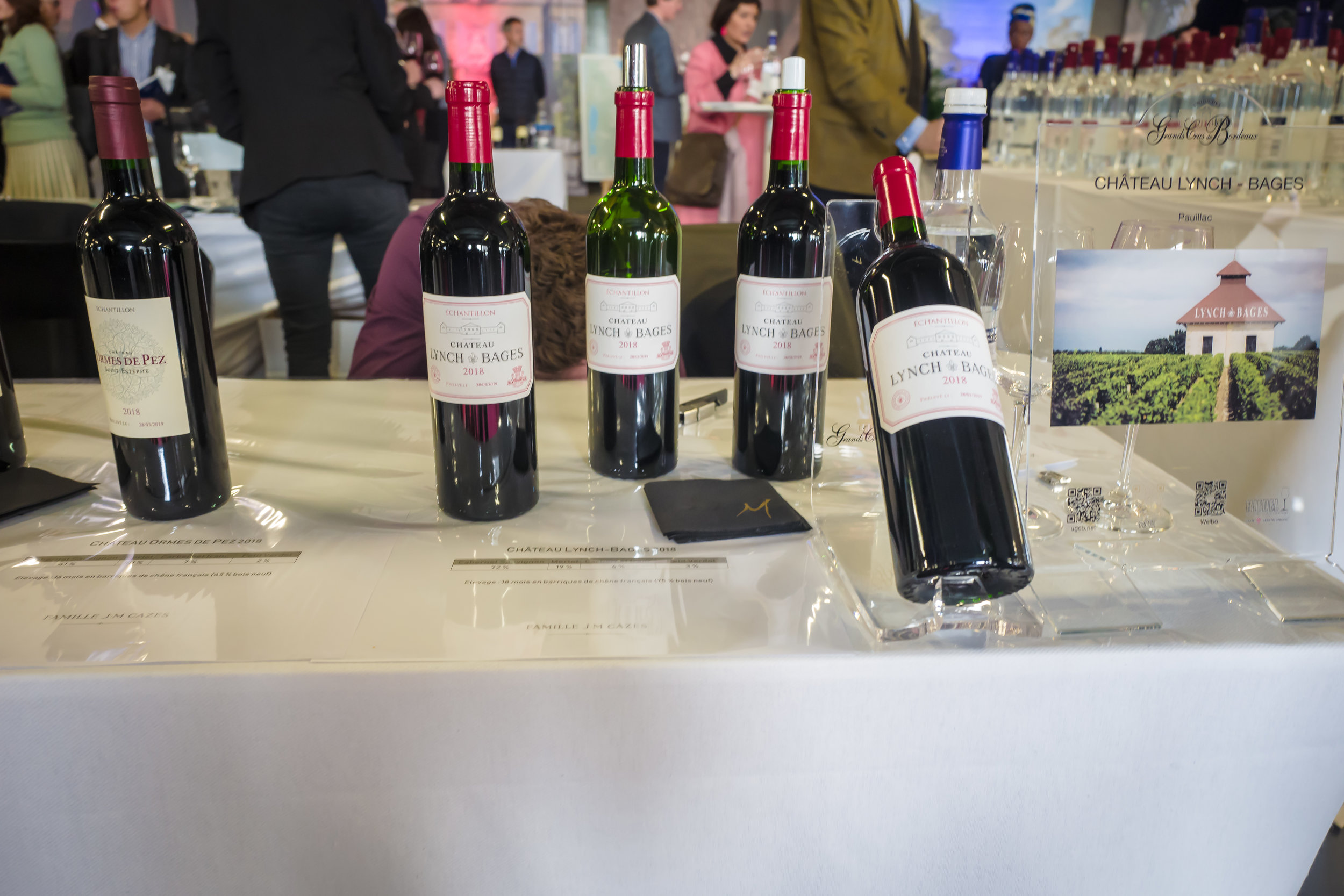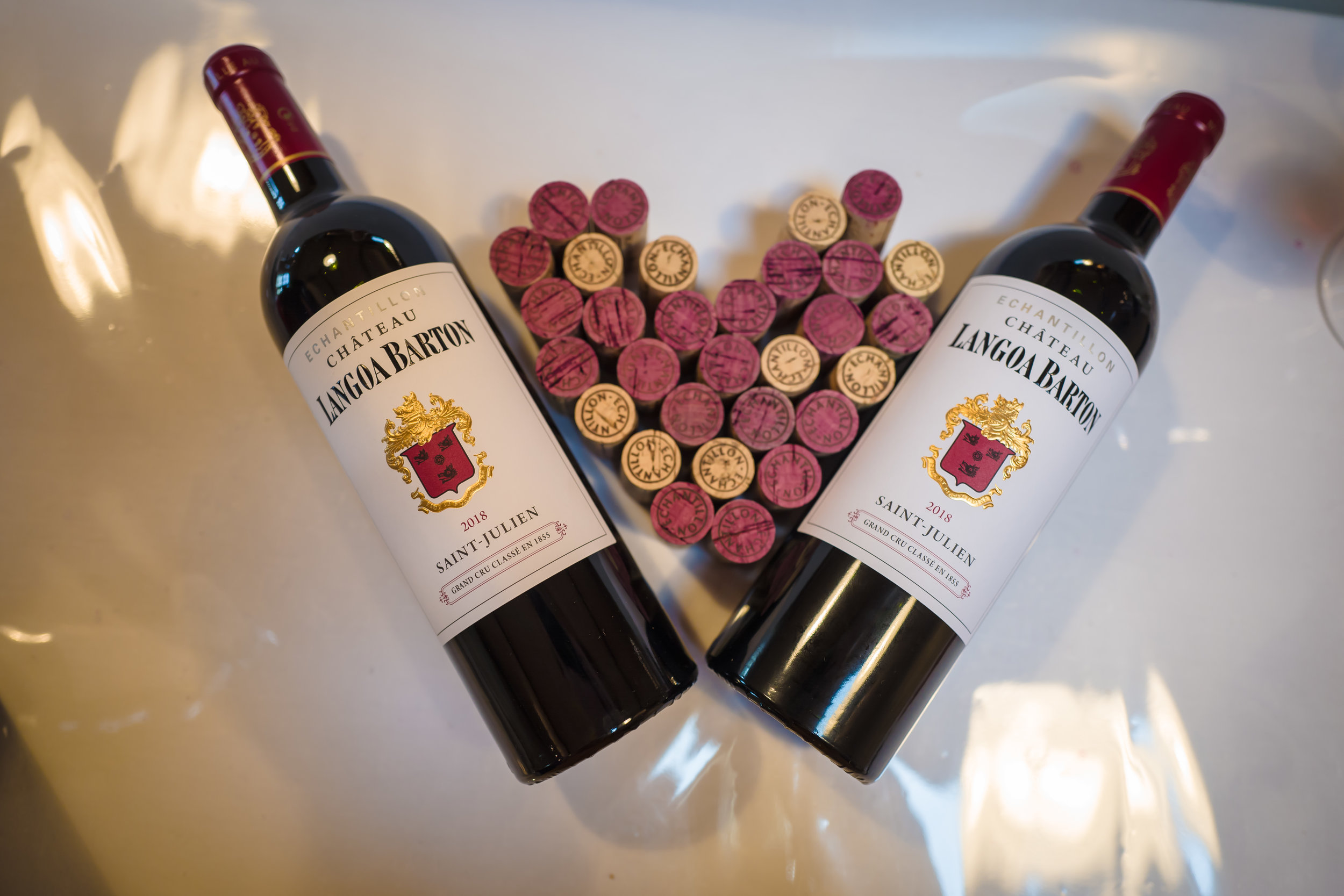En Primeur Decanted
/City of Bordeaux
As a wine lover, you’ve probably heard the term “En Primeur”. For the first time in my life, I was there in Bordeaux for a whole week with some fellow wine professionals and the Millesima team, during the En Primeur week. “Why should I care as I casual wine consumer?”, you may ask. Well, first of all, it was quite a unique experience, after all, you would be tasting wines still in the barrels and predicting their potentials in the far future. If you drink a fair amount of Bordeaux, perhaps it is a wise investment to help bringing down the cost, should you have the patience.
Millesima 2019 Blog Awards Winners Team
What Is En Primeur?
So, what exactly is En Primeur? It essentially means Wine Futures, a system of buying wines that are unbottled, still maturing in the barrels, instituting a method to purchase them as futures contracts. It is practiced in Burgundy, Rhône Valley, Tuscany, Piedmont, and Germany, but most commonly, in Bordeaux. Every year starting from April, En Primeur season hits Bordeaux, and hundreds of thousands of wine professionals would gather around to taste, assess, and score these barrel samples. The wine is then shipped to buyers on the promise of delivery at a later date, once it’s bottled. It creates the opportunity for consumers to invest, as price could be much higher when the wines are bottled and released to the market - take the 2014 vintage as an example, the reported average ROI (return on investment) was ~14%. The producers benefit from an earlier and improved cash flow as well. In case you have not heard, this is also how Robert Parker made his way to the top wine critics’ world, as he was the first to rave about the 1982 vintage, when most claimed it too ripe and lacking in acidity. The 1982 Bordeaux has soared by 6000% today.
What's It Like To Taste The En Primeur Wines?
In Neil Martin’s words - “It’s probably like being in the eye of a storm except that this whirlwind is silent”. As a first timer, I have to admit the first two days were more about trying to figure out “what’s going on and what do I do”, and once all that excitement started to wear off (or maybe it never did!) I could then really focus on the vintage, the appellations, and the wines. So no, drawing a conclusion is not the intention of this article, (I’ve already shared my views and thoughts on Instagram for most of the appellations) nor a lengthy, prolix report with scores (I’m not a critic anyways), but more about the experience itself, and my two cents on how to taste these infant wines that are not in full bloom, how to evaluate and appreciate them.
Tasting at Cos D’Estournel
The myth of vintage
I am a firm believer that vintage and terroir are the keys in terms of winemaking and wine tasting. One needs to look at the big picture first to better understand the final deliverables - as climate always shapes the characters of the wines. Let’s do a quick recap on 2018 weather. Overall, a roller coaster vintage, with an extremely rainy winter from January all the way through end June, spawning mildew attacks and hence reducing crops, but then followed by a remarkably arid summer, which brought drought, a particular challenge to the sandy soil. The berries were shriveled and tend to have high pH levels. Don’t get scared by these descriptions, because you rarely have a “perfect” vintage. Despite all these unstable factors, 2018 enjoyed a sunny September that led to a wide harvest window - record wide for some chateaux - yielding some outstanding wines.
In my humble opinion, it’s irresponsible to just give a general verdict on “good” or “bad” vintage, and frankly, quite ignorant to always trying to avoid the so-called “bad” ones. To learn and appreciate the subtleties between each vintage is a shortcut to improve one’s tasting skills. For example, with all the extremities that 2018 had, I certainly wouldn't call it a “perfect” vintage, not as great as 2009 or 2016 at least, but I do think it’s going to an exceptional vintage of spectacular cellaring potential.
How to assess the wines
Again, I’m not trying to give you a couple of bullet points so you can be an expert overnight, but rather to share what I’ve learnt and what made sense to me when it comes to asses these not-ready-to-drink barrel samples.
The general 5 S’s (See, Swirl, Sniff, Sip, Savor) and BLIC (Balance, Length, Intensity, Complexity) still stand, but structure absolutely weighs more than aromas or flavors for En Primeur wines. One thing that I struggled with was how to differentiate if a wine is asleep and will reveal beautifully in the future, or it is merely mediocre with no potential. Barrel samples vary largely and are highly changeable, even good ones can turn up on just a bad day. Unlike aromas, which is a wine’s “appearance”, the “soul” - structure, doesn’t lie, and that’s why we should focus on finding the balance of tannins, acidity, and body. For instance, most of 2018 Bordeaux new wines have relatively riper fruits, but the ones that stood out from the tastings were those also possessed sufficient tight acidity as backbones, so the fruits wouldn’t be too overwhelming as it develops. Concentration, is another key factor. But what exactly is concentration? When your tongue “touches” the juice, some wines vertically penetrate the taste bud into throat and have a “leaner” texture, others expand horizontally on the tongue and have a “fatter” texture; a layered, concentrated wine conveys a round mouthfeel that extends three-dimensionally in your mouth. You should never feel burnt by the alcohol, even with high alcohol, a quality wine hides it by wrapping it up in the silky, velvety tannins and solid body. In the old days, En Primeur wine is known for giving tasters a puckering palate fatigue and austere mouthfeel, not this year. Going back to my faith why it’d be an exceptional vintage, because the wines not only showcased pure, succulent berries that echoes bright energy hence approachable at a younger age, but it is concentrated and layered with voluminous acidity, as well, like a fabric of high density that fully supports the fruit core to further blossom, thus assuring ageing potentials.
Is En Primeur For You?
For those who are impatient, you should probably stop right here, paying upfront and having to wait for 2 years for the wines to be bottled and shipped would be painful… for others, there are certainly investment opportunities, no matter what people say about the system is decaying, I know for a fact how hard to buy the big name Bordeaux wines, even though I live in NYC! But for most people, including myself, buying En Primeur isn’t for pure investment or eagerness to secure a rare bottle, it is more because it’s fun to learn about the process and feel emotionally attached to a specific chateau, or vintage, or simply out of curiosity and hoping to resolve those mysteries we had before and sense how they have evolved over years. Another advantage of buying En Primeur is the options to choose the format, if you lay down the wine for the long haul or save it for special occasions, consider acquiring those larger bottles, as they tend to help the wines age better.
Sure, there were some bad years where investors suffered, some chateaux priced their release so high that their futures sold poorly, and when the bottles released they were actually cheaper, especially in year 2009 and 2010. Yet, just like any kind of investment, there is always risk. The question is how to win this game.
If you follow critics or journalists who you trust, or have a similar palate, go after the well-backed chateaux by them. Keep in mind, the wines will be assessed again once they are bottled, so the scores at En Primeur are typically given a range, e.g. 97-99. Wines from lesser appellations sometimes indicate a better investment, look out for properties that are on an upward curve. For instance, Pessac-Léognan, Listrac-Médoc, and Graves, chateaux in these regions really knocked out in 2018.
Typically, you get the wine in spring or summer time two years after the futures offer, an estimate of the additional shipping costs, duty or tax will be quoted prior to your purchases. The demand will always stay strong for the most sought-after wines, and most people solely rely on the scores so chances are high that those who enjoy higher scores have pricier quotes. Buying En Primeur is much easier these days thanks to the Internet, as merchants normally put all the available bottles on the website so you will have them all at your fingertips. The process is quite straightforward, in fact not much more difficult than buying a regular bottle from an online store. Millesima USA already published their selections on the website if you are interested.
A Few Recommendations You Ask?
Okay, but I will (try) keep this short.
Cos d’Estournel - just about perfect, beautiful structure with both power and elegance, unbelievably silky tannins and finesse is already showing
Clerc Milon - lively blackberry and cassis nose slowly transitioning to more pungent and layered palate, with a generous texture
Lynch-Bages - voluptuous mouthfeel, full of sappy fruits and alluring spice, going to have a long life ahead given its serious concentration
Ormes De Pez - extremely concentrated with layers of fruit and spice, rich and fleshy.
Pichon Baron - profoundly powerful and concentrated, with bright acidity and a mineral finish that balances out the big bold fruity richness
Canon - vivid, spicy, a smooth lusciousness, and mineral finish
Dauzac - floral nose, quite harmonious with both power and delicacy
Chateau Fonreaud - expressive nose with dark berry fruit dominate, fine grained tannins
Chateau Langoa Barton - rich and silky, pure fruit core and generous spice, nice acidity as backbone
Chateau Talbot - polished and sweet tannins, beautiful structure with ripe fruit and baking spice
Chateau Fourcas Hosten - sappy fruit, floral and feminine but also a muscular structure
…
Few Last Words
2018 is destined to be an exceptional vintage - rich, complex, powerful yet elegant. The long harvest period could mean higher style variances among the appellations as well as chateaux, quite exciting to see what they each has to offer.
Philippe Dhalluin, General winemaker and head winemaker of Château Mouton Rothschild, mentioned that the estate was expecting its most ever appointments during the En Primeur week this year, with fervid demand from the Germany, Switzerland, and the U.S. I hope this could be a sign that Bordeaux is making its way back to us, stronger than ever.




